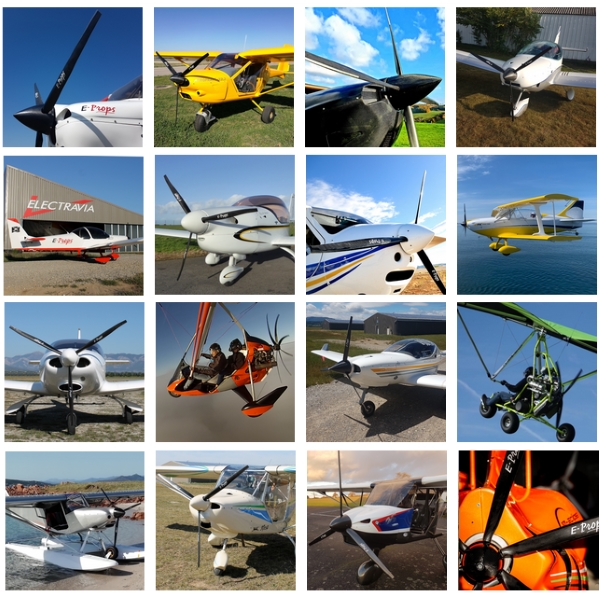Propeller Diameter
The diameter of the propeller determines the area of air swept when the propeller is rotating.
The diameter is twice the radius of the propeller. The radius is the length of the blade from the center of the hub (center piece) to the tip of the blade.
Choosing the right diameter is essential to get the best performance from the propeller
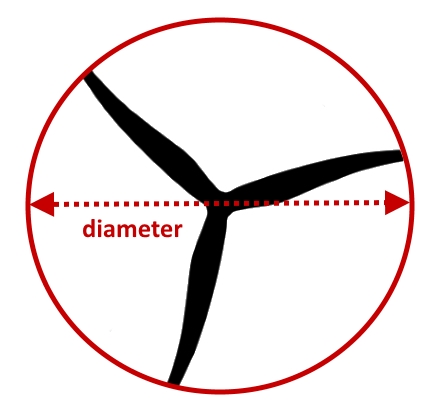

In aviation, reduced engines are used to be able to use large propeller diameters and thus increase aircraft performance.
Direct drive engines, without gearboxes, cannot use large diameter propellers, which reduces their performance significantly.
✗ Why use a large diameter propeller?
1/ Because it is necessary to use as much air as possible
The larger the diameter of the propeller, the greater the amount of air that passes through it: the air mass flow is greater.
There is less difference between the speed of the propeller airflow and the speed of the aircraft. Less energy is lost accelerating air unnecessarily.
This is even more important when flying slowly: for the take-off and climb phases, a large diameter is really essential.
A large propeller diameter is also favorable in cruise (the gap in traction is less visible but still interesting).
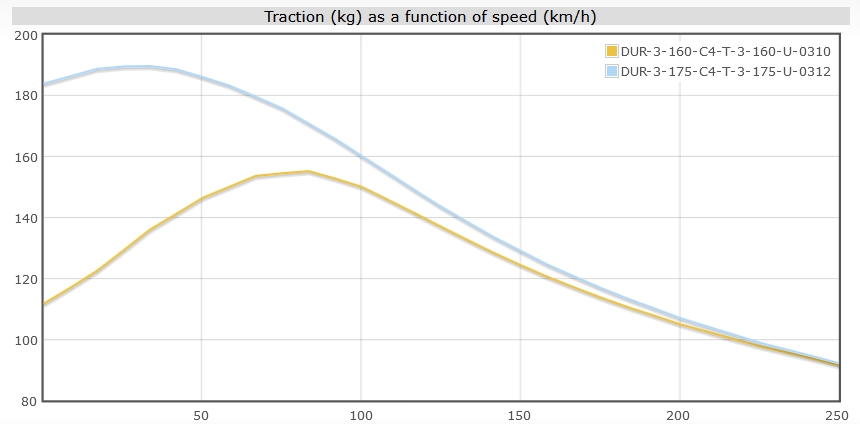
comparative traction curves between 2 propellers, dia 160 and 175 cm, on the same aircraft with Rotax 912S
The one in dia 160 will generate 115kg of traction, while the one in dia 175 more than 180 kg! That is a difference of 65 kg of traction!
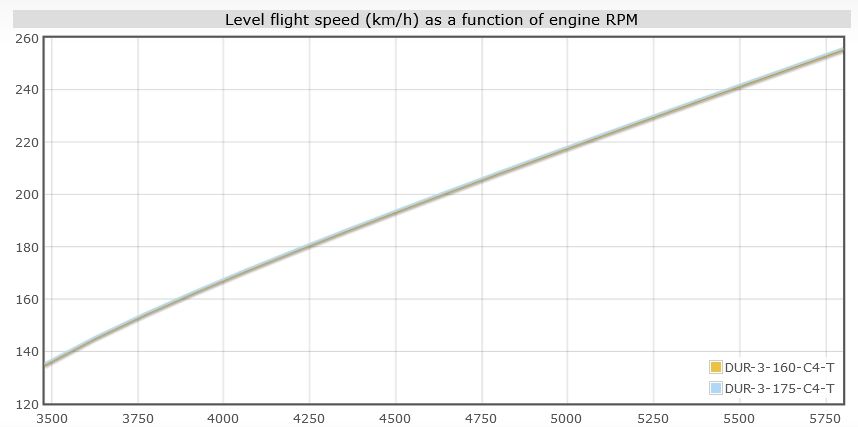
speed of these 2 propellers are the same
2/ Because a large diameter reduces the drag of the aircraft
By having a larger airflow and more mass flow, the air is accelerated less. So the propeller blast is closer to the flight speed.
Knowing that the fuselage is bathed in the propeller blast, and that the fuselage generates a large part of the aerodynamic drag of the aircraft, increasing the propeller diameter reduces the aerodynamic drag of the aircraft.
This is very noticeable on STOL machines.
✗ Propeller blade tip speed
The larger the blade, the greater its tip speed (peripheral Mach).
The speed of sound at the tip of the blade is a limit: beyond that, the performance degrades and the propeller makes a lot of noise.
We will thus keep below the speed of sound (340 m/s).
Examples of peripheral Mach at 5500 rpm:
- propeller dia 160 cm on engine Rotax 912S 100 hp gearbox 2.43 => 0,56
- propeller dia 175 cm on engine Rotax 912S 100 hp gearbox 2.43 => 0,61
- propeller dia 190 cm on engine Rotax 912S 100 hp gearbox 2.43 => 0,66
- propeller dia 170 cm on engine Rotax 912 80 hp gearbox 2.27 => 0,63
It is preferable not to exceed 0.8 Mach, otherwise the propeller becomes too noisy
Click here to see the Peripheral Mach calculator
✗ Ground clearance of the propeller
Of course, it is essential to keep a sufficient ground clearance of the propeller so that it does not touch the ground when rolling. E-Props recommends a "ground clearance", i.e. the distance between the tip of the blade and the ground, of between 7,87 and 8,66 inch (in normal configuration, without touching the dampers).
For pusher aircraft, each manufacturer indicates a minimum distance to be respected between the propeller and the fuselage.
The standard is about 1,57 inch between the blade tip and the tail boom.
On a delta trike, you need to measure the distance from the wing keel.
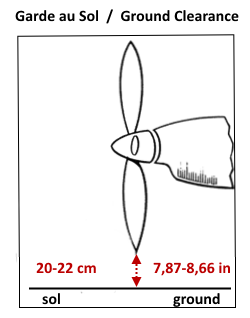
ground clearance measure
Note: You want to avoid lifting rocks with the propeller's blast when rolling? Don't stay at minimum rpm. This is where a vortex is created that causes the rocks to rise towards the propeller. By turning slightly faster (200 rpm more), the airflow goes to the back of the blade and you will avoid most of the pebbles hitting the leading edge of the blades.
✗ Optimization of propeller diameter
To obtain the best possible propeller, the number of blades and the width of the blades (the chord) must be ideally suited to the diameter under consideration.
When the diameter of a propeller is increased, the number of blades must be reduced or the chord reduced.
Therefore, for each aircraft, its engine and gearbox, the propeller must have a specific profile, chord and diameter.
E-Props has developed a number of blade designs that allow this ideal fit.
To get the BEST PERFORMANCE, take the LARGEST PROPELLER DIAMETER POSSIBLE
It is the ground clearance (or tail boom) and the maximum blade tip rpm that will define the ideal propeller diameter for light aircraft with reduced engines.
A question? Contact us: helices@e-props.fr
big diameter, isn't it !!!





